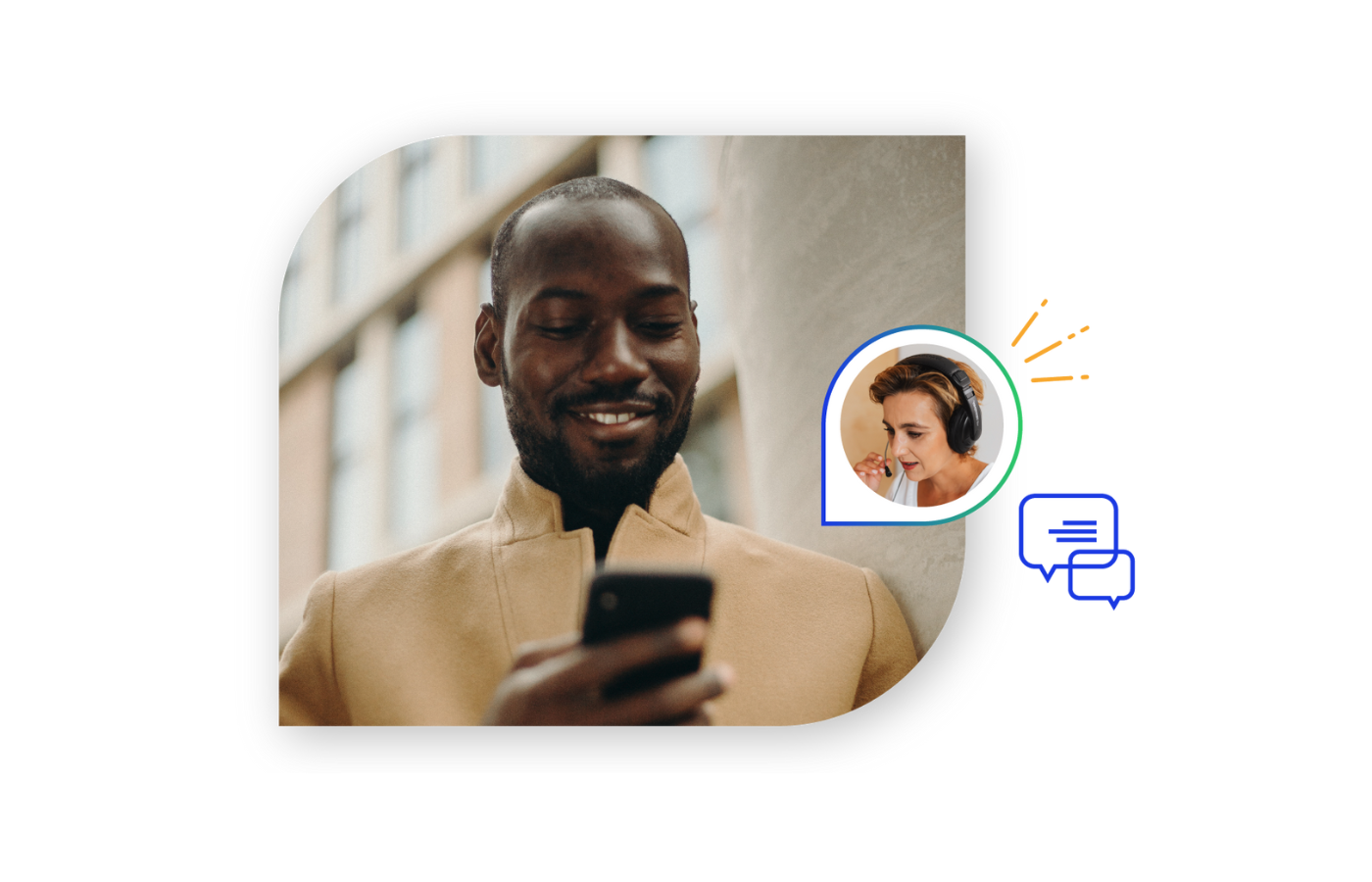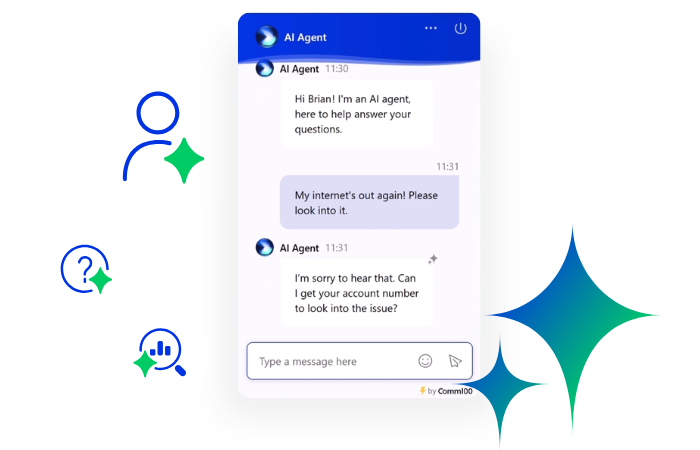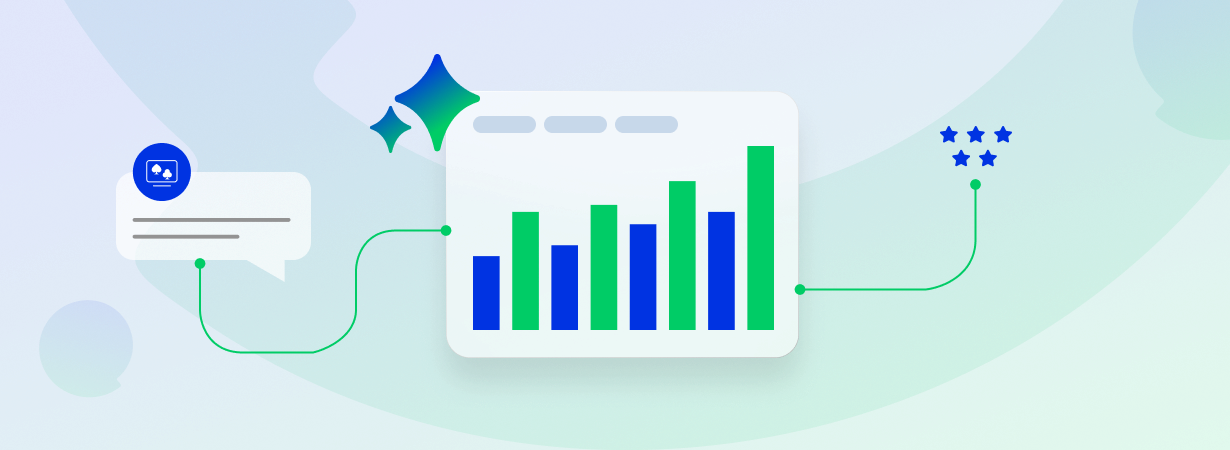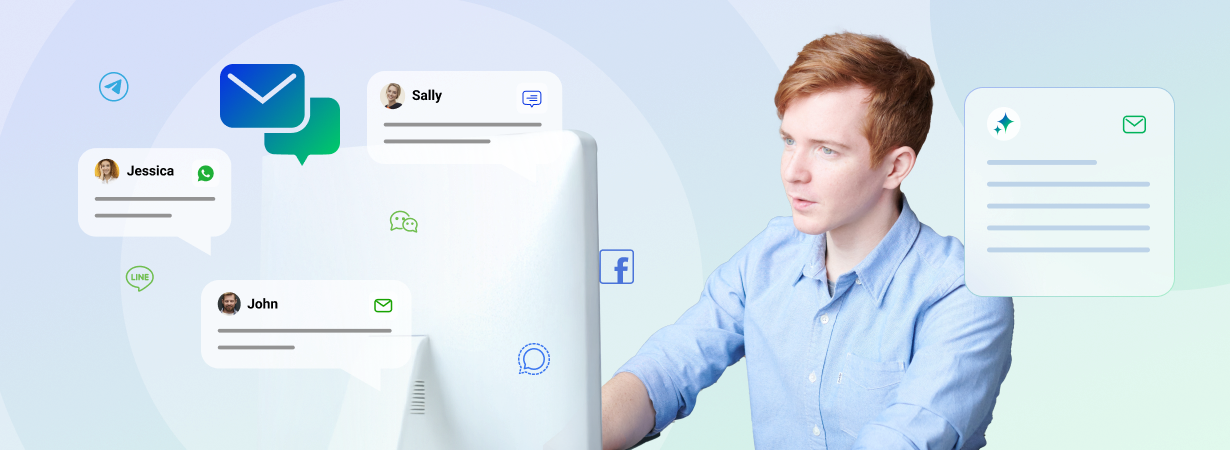It’s no secret: There’s a stigma against sales. From the snake oil salesman to the shoddy pyramid scheme, many people think of sales as being a dishonest, intrusive, or even predatory industry.
But sales are an important part of everyday life. From the fast food cashier who offers you a drink to go along with your order, to the executive who pitches a plan to their CEO, people are constantly making sales.
But if sales are everywhere, then why haven’t we moved past the negative association? The fact is this:
What is Sales?
So, what exactly is sales? In short, sales is about convincing people to go along with your idea, plan, or product.
There are two types of sales. The first is the kind that comes from the sales industry, which involves persuading people to spend money on goods, products, or services.
The second type can be referred to “non-sales selling,” and can be done by anybody at anytime, anywhere. According to Daniel H. Pink’s book, “To Sell Is Human: The Surprising Truth About Moving Others,” 40% of the time that people spend at work is spent on “non-sales selling,” regardless of their profession. This time may be spent convincing their boss to let them tackle a new project, “selling” their team on a new vision for the company, or just informing a customer of the benefits of a product.
How to Make a Sale
Have you ever persuaded a group of friends to meet at a movie theater to see your film of choice? Or have you ever tried to get a family member to go along with your winning piece of life advice? If either of these (and an infinite amount of alternative scenarios) are true, then congratulations! You have made a sale.
Now that you know that you are capable of selling an idea to your friends and family, how do you go about selling a product to a stranger? “Non-sales selling” isn’t exactly comparable to selling for profit, is it?
Let’s go back to the “non-sales sale” that you may have made to your family and/or friends. In our example scenario, this “sale” might have started with you explaining the benefits of this family member listening to your advice, or your friends watching your movie of preference. You may have identified a need within the group–be it your friends or your family–that seeing the movie or listening to your advice might have filled. And you may have applied just the right amounts of charm, logic, and emotional-intelligence to seal the deal. You may not think that you know how to make a sale, but these are all practices that will lead you to success in the sales industry.
Regardless of whether you have yet to make a sale or are already one hundred sales deep in the industry, our following selling techniques will give you some insight on how to awaken the salesperson within you and effectively sell to a customer.
1. See a Need, Fill the Need
When it comes to effective sales, it is extremely important that you are focused in on your customers’ needs. This means listening to what it is that they need, empathizing with their needs, and using your knowledge of your company’s products and services to fill those needs. Don’t try and sell your customers something irrelevant, or something that will not be useful to them. Customers are smart, and can pick up on and become irritated by suggestions for useless add-ons and products that do not fit what they are looking for.
Websites like Amazon are effective at recognizing a customer’s needs, and using that recognition to nudge the customer towards a follow-up purchase. On Amazon, once a customer adds an item to their cart, they are immediately shown related options that they might also be interested in buying, based on items that other customers have previously bought together. Target has also been known for having the ability for foresee its customers’ needs so well, that it can figure out the probability that its customers are pregnant and even what trimester they are in based on their previous purchases. This mega corporation has used this information to send its customers timely coupons advertising baby products to secure their loyalty, and generate sales. The company has been so accurate with their predictions, that it even figured out a teenage girl was pregnant before her father did, something that some consumers found “creepy” and invasive.
The way that companies like Amazon and Target see and fulfill needs is based on algorithms, done via machine learning. As humans, we can’t exactly whip up suggestions with the same speed and ease as a computer, but with a little bit of practice, intuition, and sensitivity, we can do it better.
Every customer has wants—the things that they say that they are after. Then they have needs which underlie these wants. Two different customers might share the same wants, but that doesn’t mean that the exact same product can fulfill their needs. For example, two customers might both want tomatoes. However, if one customer is seeking extra-ripe tomatoes to mash up into a tomato sauce, then they actually need tomatoes that are totally different than someone who is seeking crisp young tomatoes to toss into a salad. Unlike wants, needs are rarely verbally stated, so you may need to use some effective questioning to help uncover them. By figuring out what our customers need, we can shed a lot of light on the specifics of their wants, and better serve them.
If your customer has a need that is going unmet, fill that need with a sale or upsell offer. If you can anticipate a future need, even better. More often than not, anticipating a customer’s needs is an excellent hack for exceeding customer expectations, while at the same time generating revenue. When you correctly anticipate and act on a customer’s needs, your sale will come across as a friendly, helpful suggestion, rather than a sale at all
Example:
Jenny is shopping for cookbooks at the Rabbit Hole Bookstore. Aiden, a seasoned employee, asks Jenny if he can assist her. Jenny tells Aiden that she is looking for a Peruvian cookbook–she wants to learn how to make ceviche, and is interested in exploring other Peruvian and Latin American recipes. Aiden finds her a popular Peruvian cookbook, and shuffles through their stock to find additional books that he can recommend based on his own personal experience and his knowledge of what Jenny is looking for. He returns with two books: one is a Colombian recipe book, and the other is called “Brigadeiros to Cocada: 100 Latin American Desserts.” Jenny thanks him for the suggestions; excited by the prospects she decides to
take all three books.
By listening to his customer’s needs and applying his own experience and expertise, Aiden is able to make a sale. Jenny leaves the store content: her need has been met and even surpassed, and her exchange with Aiden felt like a helpful recommendation from a friend, rather than a pushy sales suggestion.
Powerful live chat software
Offer real-time, personalized, efficient support that your customers and agents will love at 1/3 the cost of voice support.
Learn more
Comm100 Live Chat
2. Understand the Importance of Honesty
The internet has revolutionized the world of sales, and has played a major role in shifting power from the seller to the buyer. Now more than ever we are living in a knowledge-based economy, where consumers have the power to compare products with just a few clicks.
This is one of many reasons why it is so important to always be honest with your customers. Any misrepresentation of your product can be easily uncovered on the web, or with time through that customer’s personal experience.
A dishonest comment or guarantee that leads to a sale can end up resulting in a dissatisfied, upset customer. In the end this leads to tied up phone lines, elevated queues, customer complaints, product returns, poor company reviews, and lost business. This is why it is also important that you be knowledgeable about what you are selling, and that you do not make any promises to your customer about the product or service that you cannot keep.
By being honest with your customers, you will be able to establish a relationship of trust that will foster more sales instead of impeding them. When you keep your promises to your customers, your customers will know that they can buy from you in the future without worrying about being misled or ripped off.
Example—Not Using Honesty:
Jarrod is in the market for a new computer. He decides to go through a third-party technology store to get the best price. Danny, the salesperson at the store, talks Jarrod into getting a $800 computer that he assures him will fulfill all of his computing needs. The operating system has been newly released, and Danny tells Jarrod that it is the perfect fit for his needs. Later, Jarrod goes home and is having trouble downloading basic applications. He learns after a Google search that in fact this computer’s operating system is incompatible with some of the programs that he has to run for his work–programs that Danny had insisted would work seamlessly on his new computer. On top of that, Danny had told Jarrod that this computer was one of the most well-received models of the year, and an overwhelming amount of 3-star reviews indicate otherwise. Feeling frustrated and misled, Jarrod returns the computer. He decides to go this time with a different store where he hopes he will not have this problem again.
Example—Using Honesty:
Jarrod is in the market for a new computer. He decides to go through a third-party technology store to get the best price. Danny, the salesperson at the store, sees that Jarrod is interested in an $800 computer. After getting to know what Jarrod needs out of a computer, Danny tells him that this model is not the best fit for him–in fact, it has not been very well received in general. He leads him instead to another model that is $100 cheaper. This means that Danny’s commission will not be as high, but being honest about the computer’s performance is more important. Jarrod buys the second computer that Danny recommends, and goes home to discover that Danny was right–the computer is sleek, fast, and works great. He fills out a positive customer satisfaction survey and decides that he will return to the store to buy his daughter the same computer for her birthday.
By being honest with his customer, Danny builds a relationship of trust with Jarrod, compelling him to make further purchases in the future.
3. Find Your Balance
When you are making a sale, the energy you bring to the sale is important. To channel the proper energy to sell your product, you first need to find balance.
Customers respond well to salespeople who have a positive but level energy. You don’t want to be an over-the-top extrovert—this is because some customers don’t react well to a sales attitude that is too peppy, pushy, or too much for them to handle. At the same time, you don’t want your energy to be too low or too introverted. This could result in an apathetic or even unenthusiastic/unpersuasive tone, which can also be repellent to a customer.
Adam Grant, a professor of management at Wharton University and one of the world’s top 25 influential management thinkers, researched what sort of social energy is typically shown to bring the most success in sales. In his research, he surveyed 340 successful salespeople, and compared their personality profiles to their yearly revenue. What Grant found was that people who perform best in sales aren’t extroverts as one might think, but rather are “ambiverts,” people who fall in between introverted and extroverted tendencies. Grant suggests that this is possibly due to the fact that “they’re less likely to get distracted and to talk too much—they find the right balance between talking and listening.”
Another element to consider when finding your balance is cultural differences among different customers. For example, the extroverted customer service that Americans are used to might make English customers uncomfortable. On the other hand, an American visiting England might find the English standard of service to be a bit cold. You can find your balance despite customer differences by mirroring the behavior of the customer that you are talking to, and picking up on verbal or physical cues to make sure that your sales approach is working for them. By practicing this selling technique and channeling the cool medium of ambiverts, you will have the right energy needed to make a sale.
4. Know When and How to Slip the Sale In
Not every moment is the right moment to pitch a sale. If a customer asks you for help with or advice on a purchase, you might have the opportunity to dive directly into a sale. However, oftentimes customers will approach you with inquires that do not allow for a natural transition into a sale.
This could be the case in situations such as when a customer is contacting you to make a complaint. In circumstances like these, it is better to put the sale off, or forget about it entirely, so that you can concentrate your efforts on the problem at hand. Remember to never try to sell something to an upset customer—service must always be the priority before making a sale, and upset customers are definitely not a prime target. Depending on your industry, gaining a new customer can be up to 25 times more expensive than retaining an existing one. This statistic shows that it is always better to lose a sale, than to lose a customer due to poor service.
One good time to slip a sale in is when the customer has expressed his or her needs, or how his or her needs are not being met. Another good option is to pop the sale option in at the beginning or end of a conversation. Just like when you try to promote your company’s post-chat survey, this should be done as a gentle suggestion, rather than pushing the customer into an action.
Good Example:
- “Welcome to Tropical Burger! Would you like to try our new Lost Island Combo?”
- “I’m glad I could be of assistance! If you’d ever like to add additional channels by upgrading your account to premium, you can do so under the ‘My Account’ option”
- “Select summer jeans are BOGO! Can I help you get the promotion?”
Bad Example:
- “I understand that you are upset. Can I interest you in another purchase?”
- “I’m sorry you did not receive your product on time. We have a promotion for 2 for 1 jerseys if you are interested.”
5. Appeal to Reason: Show Your Customer How They’re Saving
People hate sales when they feel like they are getting ripped off. But what about when they feel like they are saving? Customers love a good deal. An important element of sales is to show the customer why what you are proposing is in fact helping them save. Remember when you are doing this to always be honest, and to propose money saving deals that could actually benefit the customer.
Showing your customer how they are saving involves appealing to your customer on a level of reason. This sales tip when combined with you being in-tune with the customer’s feelings will help you make the sale happen.
Example:
Diana wants to buy three 4×8 photos of her daughter’s graduation for $18.00. She calls the customer service number and speaks to customer service representative, Ashley. When Diana tells Ashley what she is looking to purchase, Ashley suggests that she instead buy the 4×8 photo package, which includes four 4×8 photos for just $20.99. Ashley explains that by buying the package deal, the cost per photo decreases significantly. The difference is less than $3.00, and Diana will get an extra photo that she can give to another relative or preserve in a photo album. Diana agrees, and goes with the deal. She hangs up feeling happy, and like she just got the good end of a bargain.
By showing Diana how she is saving, Ashley manages to use this selling technique to create a happy customer, while simultaneously upselling the product.
6. Stick with Quality Not Quantity of Offers
When you are trying to make a sale, avoid overwhelming the customer with too many options. If you give a customer too many alternatives, he or she will be more likely to give up on the purchase, and walk away unfulfilled and under-prepared.
Instead, offer your customers a small amount of smartly chosen options, tailored to your customer’s specific needs. In the process of communicating with your customer, you can then begin to further understand what he or she is looking for, and change your offers subsequently.
Good Example:
- Hello, and thank you for calling our support line. Would you like to hear information about our family plan? It is only a $20 per month add-on per family member.
Bad Example:
- Hello, and thank you for calling our support line. Would you like to hear information about our family plan? It is only a $20 per month add-on per family member. We also have an international plan if you are interested in hearing about that, which is $50 extra per month for free calls all over the world. Or can I interest you in our Unlimited Data Plan or our Premium Plan?
7. Know When to Accept “No”
As much as you may try to follow these tips to make a sale, there are still going to be some customers who say no. These situations are as diverse as the people who are telling you “no,” and it is up to you to know when to accept “no” as a response. This means being able to distinguish objections from when a customer is definitely not interested in your company’s product or service.
Maybe you are trying to convince a big-spending prospective client to switch to your brand. In this case, it is probably worth it to stick it out through the “no’s,” until this client will let you pitch what you can offer them that your competitor can’t. However, if you are proposing an account upgrade to a customer who reached out to you via live chat for help with an issue, chances are it’s better to not insist and risk losing a paying customer.
Some “no’s” can be used as a learning opportunity for you to discover what you could have done better, and work on your salesmanship. Other times, customers will tell you “no,” in a circumstance that has nothing to do with your sales abilities; they just were genuinely not interested in making a purchase. And when you do get a definite “no” for an answer, don’t take it personally or let it get you down. There’s always next time!
Conclusion
By sticking to these sales tips and tactics, you can more effectively generate sales and please your customers.
Side effects to practicing these sales techniques may include but not be limited to the following real-life benefits:
- Helping you overcome fear of rejection.
- More money earned through sales commission.
- Improved ability to practice your “non-sales selling” techniques. Say hello to more nights where you pick the movie, and more instances where family members in need of help or direction follow your advice!
Are you sold yet?
Download now: Agent Guide: Get the Best Customer Service Metrics in Your Team
For many live chat agents, it’s not enough to be well-versed in customer service techniques. To be a truly effective live chat operator, agents also need to pay close attention to optimizing their metrics – whether it’s average handle time, customer satisfaction, first contact resolution, or sales figures.
Download now
eBook








